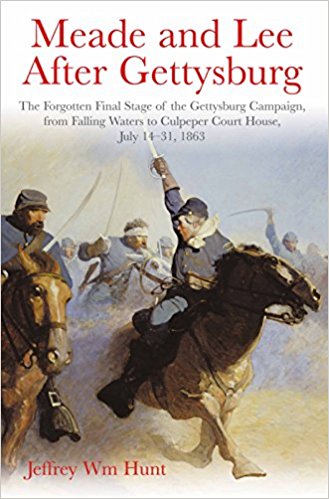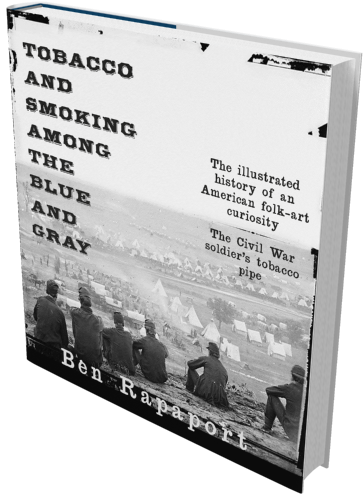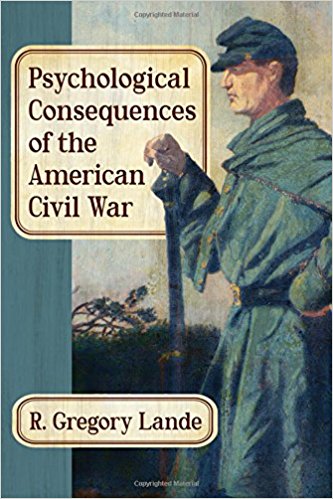Civil War Places: Seeing the Conflict through the Eyes of Its Leading Historians is a collection of twenty-five essays by historians of the U.S. Civil War illustrated with the exclusive photographs of professional photographer Will Gallagher. Editors Gary W. Gallagher and J. Matthew Gallman asked scholars to simply “select a single place related to [the Civil War] and explain why they chose it” (1). Will Gallagher followed with his camera to capture images of the selected places. The essays are varied in interpretation, which one might expect from the leading minds of Civil War history. Gallagher and Gallman gave the authors an opportunity to not only reveal personal connections to a place, but also freed their writing in ways not always allowed in strictly scholarly work. The photographs ground the essays visually, with Gallagher’s interpretation of the sites on film an important facet of the collection.
This book reflects the breadth of modern scholarship on the Civil War. This is not a collection of battlefield photos and essays, although it includes some excellent ones. The introduction to the book begins with the editors’ brief meditation on the concept of place—especially how people define and understand place differently—which prepares readers for the diversity of essays that follow. The authors selected places on which to write independently; the editors share that none selected the same place. The result is a text that illustrates the complexity of the conflict. The sites chosen by the authors span the nation in terrain and peoples—southern battlefields, northern museums, monuments to heroes, sites of massacres, and memorials to emancipation. So while there are essays on places at Shiloh and Antietam, readers also see Sand Creek and Frederick Douglass House.
The flexibility offered to the authors in selecting and defining a place is the key strength of the book. The personal style of each contributor comes through with seemingly little filter. Some seem especially freed to show more of their own personalities or style. Stephen Berry’s essay on Shiloh Church is as meditative as someone familiar with his work would expect. Others reveal a connection to a place that elucidates the shape of their scholarship, like David W. Blight’s piece on Frederick Douglass’s “Personal Civil War Museum for a Public Man,” or Drew Gilpin Faust’s essay about Harvard’s Memorial Hall. Many offer intensely personal explorations of the relationship between themselves and the places they chose for the collection. Sarah Gardner weaves her own story of cancer with that of a civilian surviving the caves of Vicksburg. Judith Giesberg shares her thoughts as a scholar whose research brings her to Washington, D.C., and as a runner whose route while there deliberately includes the Lincoln Memorial. Every author, however, in keeping with the task assigned them by the editors, offers an understanding of a place through their eyes that will undoubtedly expand how readers see those places, too.
The book would not have been complete without Will Gallagher’s photographs. Gallagher seems to have photographed the places selected by the authors without them present, and then allowed the authors to select an image for the book from a menu of options. This gives Gallagher equal footing to showcase his craft and creates a compelling, cohesive visual style. The collection concludes with Gallagher’s thoughts on a handful of the photos; ending with a non-historian’s appreciation of the images and essays wraps the book up nicely.
In closing their introduction, the editors of the collection grant permission to read the essays out of order, as “this book lends itself to sampling rather than to reading from the first essay through to the last” (4). They are correct. Readers will likely initially gravitate to the authors whose styles they already enjoy, or the authors who find resonance in places they too find meaningful. But the broad selection of scholars here also challenges readers to expand their own perspective on the conflict and “sample” the work of unfamiliar scholars. Readers will undoubtedly add some new destinations to their travel itineraries.
Rebecca Howard is Professor of History at Lone Star College—Montgomery. She is the author of “Lost to the Lost Cause: Arkansas’s Union Veterans,” forthcoming in The War Went On: Reconsidering the Lives of Civil War Veterans.




